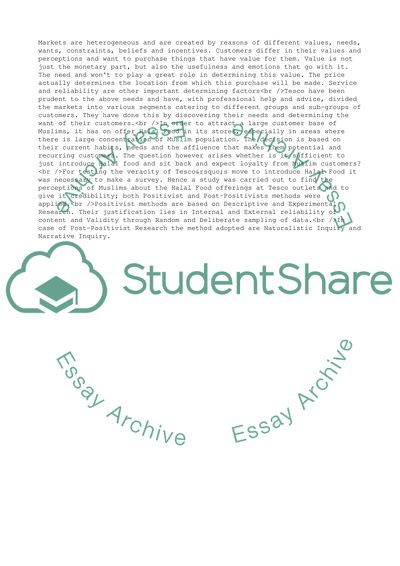Cite this document
(Advantages and Limitations of Elaboration Likelihood Model Research Paper, n.d.)
Advantages and Limitations of Elaboration Likelihood Model Research Paper. https://studentshare.org/business/1711091-advantages-and-limitations-of-elabotation-likelihood-model-elm-in-consumersinformation-processing
Advantages and Limitations of Elaboration Likelihood Model Research Paper. https://studentshare.org/business/1711091-advantages-and-limitations-of-elabotation-likelihood-model-elm-in-consumersinformation-processing
(Advantages and Limitations of Elaboration Likelihood Model Research Paper)
Advantages and Limitations of Elaboration Likelihood Model Research Paper. https://studentshare.org/business/1711091-advantages-and-limitations-of-elabotation-likelihood-model-elm-in-consumersinformation-processing.
Advantages and Limitations of Elaboration Likelihood Model Research Paper. https://studentshare.org/business/1711091-advantages-and-limitations-of-elabotation-likelihood-model-elm-in-consumersinformation-processing.
“Advantages and Limitations of Elaboration Likelihood Model Research Paper”. https://studentshare.org/business/1711091-advantages-and-limitations-of-elabotation-likelihood-model-elm-in-consumersinformation-processing.


